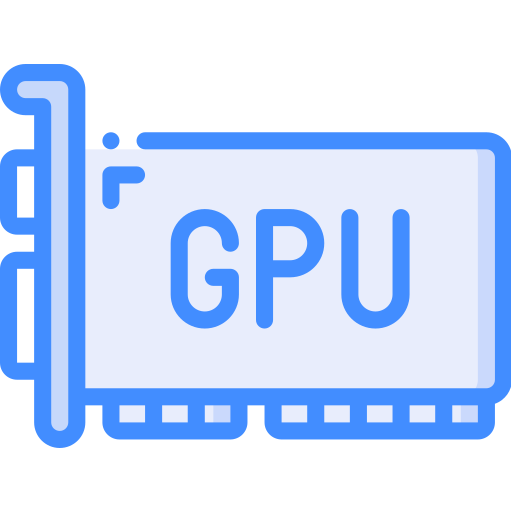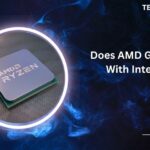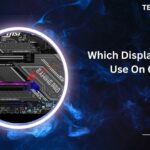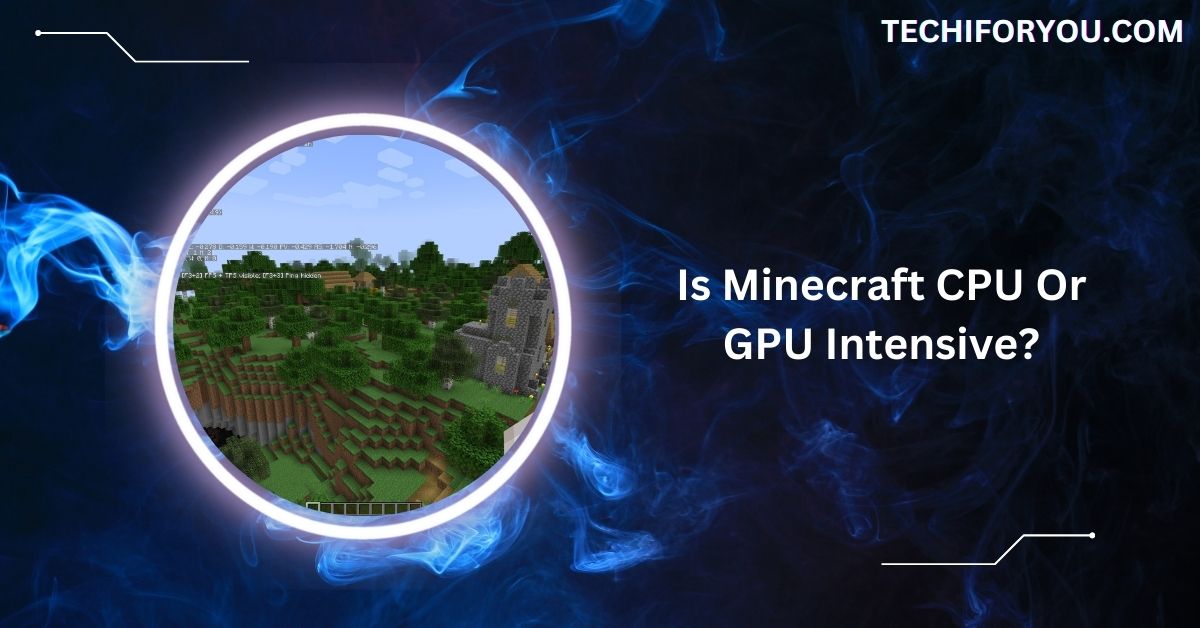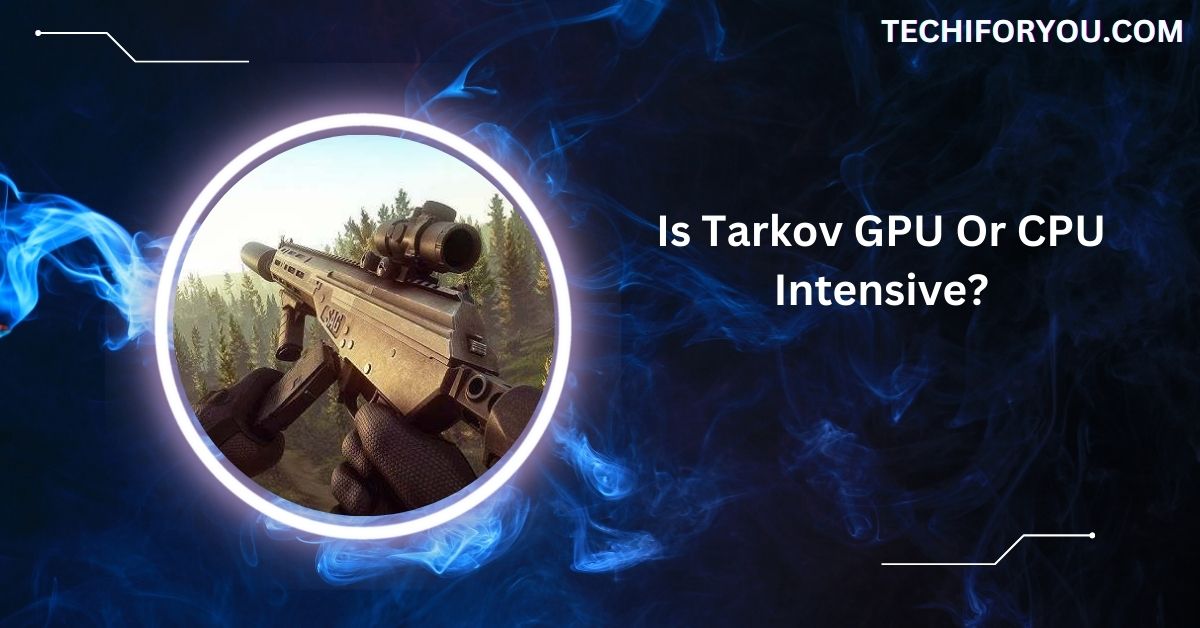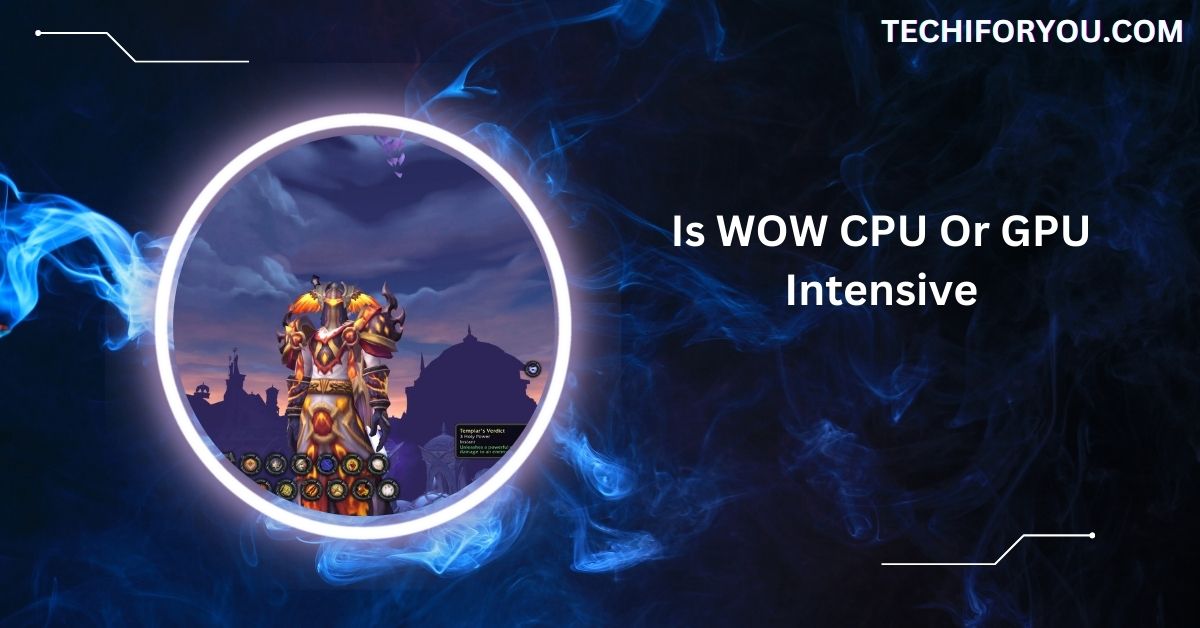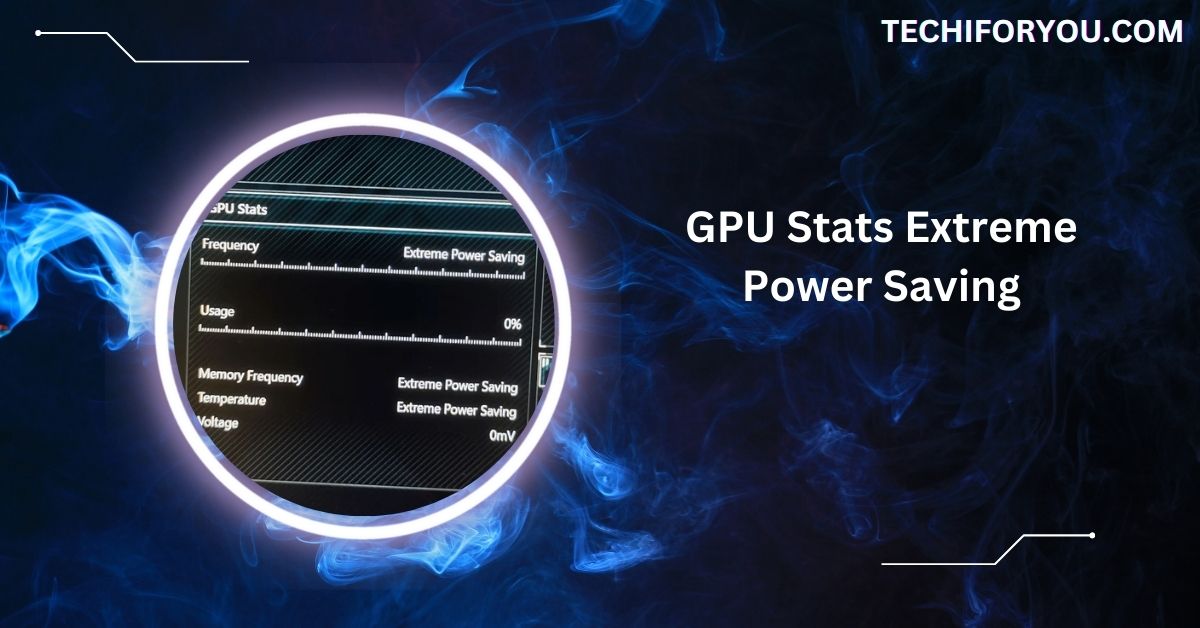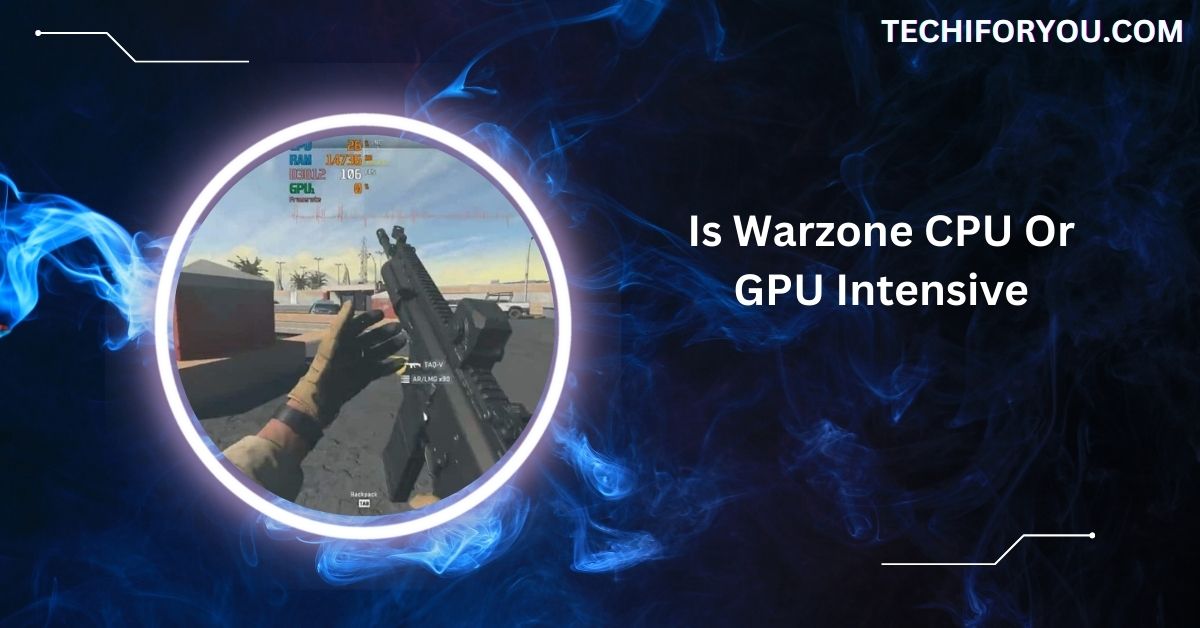Minecraft is one of the most popular games in the world, offering endless possibilities and creative freedom.
Minecraft is primarily CPU-intensive, especially for world generation and game logic. While the GPU renders graphics, the game’s performance largely depends on your CPU and RAM for smooth gameplay.
In this article, we’ll dive into how Minecraft uses both CPU and GPU and how you can optimize your setup for the best performance. Let’s explore!
Understanding Minecraft and CPU Intensity
Minecraft is a creative and adventurous game with endless possibilities. Its unique blocky world relies heavily on the CPU to handle tasks like generating the terrain, managing mobs, and running game logic.
Unlike many modern games that focus more on the GPU for stunning graphics, Minecraft depends on the CPU for smooth gameplay.
This is especially true when you explore vast areas or create complex redstone contraptions. While a good GPU helps with visuals, the CPU plays the main role in ensuring the game runs without lag or interruptions.
1. What Makes Minecraft CPU Intensive?
Minecraft’s CPU intensity comes from its core tasks. The game constantly generates new terrain as you explore, calculates redstone mechanics, and handles mobs or entities like animals and villagers.
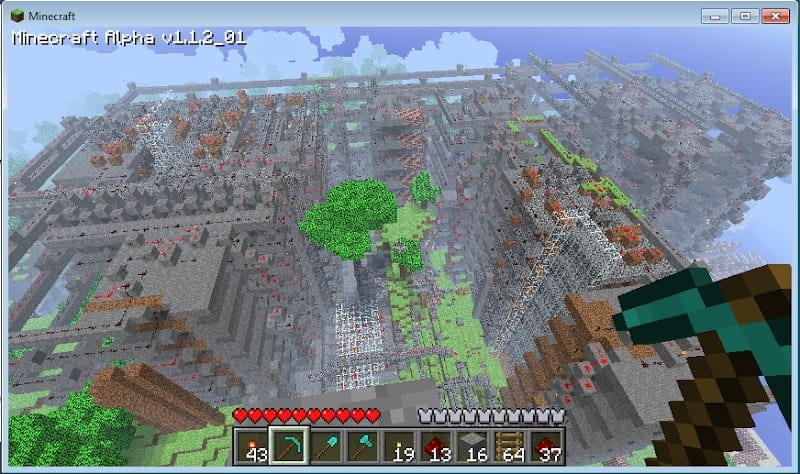
Additionally, the CPU processes chunk loading—dividing the world into manageable sections. Multiplayer gameplay or running mods adds even more workload, making the CPU work harder.
Since Minecraft relies on single-threaded performance, a fast processor with a strong single core is essential. These factors explain why the CPU is more important than the GPU for Minecraft.
2. Factors Influencing Minecraft’s CPU Usage
- Chunk Loading: The CPU loads and processes chunks as you explore new areas, increasing usage.
- Redstone Mechanics: Complex redstone systems require significant CPU calculations.
- Entity Management: Handling mobs, animals, and NPCs adds to the CPU workload.
- Multiplayer Servers: Hosting or playing on servers demands more processing power for syncing data.
- Mods and Plugins: Custom modifications and plugins can increase CPU strain.
- Game Settings: Higher render distances and advanced graphics settings increase CPU usage.
- Background Tasks: Other applications running alongside Minecraft may affect CPU performance.
3. Optimizing Minecraft for Better CPU Performance
- Lower Render Distance: Reduce render distance to decrease CPU load.
- Optimize Graphics Settings: Set graphics to “Fast” and disable unnecessary effects like smooth lighting.
- Limit Entities: Reduce the number of mobs and items in the game world.
- Use Performance Mods: Install mods like OptiFine or Sodium to improve efficiency.
- Allocate More RAM: Increase Minecraft’s allocated memory to balance CPU and RAM usage.
- Update Java: Ensure you’re using the latest Java version for optimal performance.
- Close Background Apps: Free up CPU resources by shutting down unnecessary programs.
Also Read: Is Blender CPU Or GPU Intensive – A Complete Guidance!
The Impact of Hardware on Minecraft’s CPU Usage
1. CPU Clock Speed and Core Count
Minecraft benefits from high CPU clock speeds, primarily using one core for tasks like chunk loading and game logic. Processors with fast single-core performance ensure smoother gameplay.
Multi-core CPUs help when running servers, mods, or multitasking. For an optimal experience, choose a CPU with a high clock speed (4 GHz or more) and at least four cores to handle additional tasks efficiently.
2. RAM Capacity and Speed
Minecraft requires sufficient RAM to handle world generation, mods, and smooth gameplay. At least 8GB of system RAM is recommended, with 2–4GB allocated to the game.
Faster RAM speeds improve loading times and reduce lag. Upgrading to high-speed RAM can help manage heavy mods or large server worlds. Proper RAM allocation is crucial for seamless gameplay, especially when using shaders or resource packs.
3. Graphics Card Performance
A good graphics card enhances Minecraft’s visuals, especially with shaders, high-resolution textures, or mods. While not as critical as the CPU, a decent GPU improves frame rates and smoothens gameplay.
For basic Minecraft, integrated graphics work, but a dedicated GPU like an NVIDIA GTX 1650 or better is ideal for stunning visuals and performance. GPUs make the game visually immersive and reduce graphical stutters.
Minecraft Edition Differences: Java vs. Bedrock
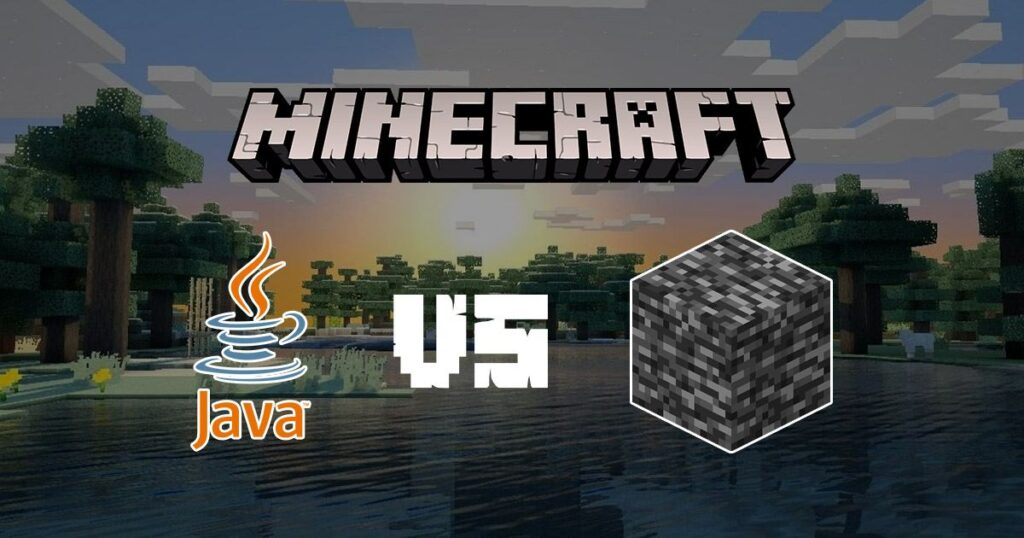
The performance demands can vary depending on which version of Minecraft you’re playing. The two main editions—Java and Bedrock—place different strains on your hardware.
- Java Edition: Tends to be more CPU-intensive, mainly due to its single-threaded nature. The game struggles to distribute tasks across multiple CPU cores, increasing processor usage.
- Bedrock Edition: Optimized for CPU and GPU usage, Bedrock offers smoother performance, especially on lower-end systems.
Can Minecraft Run Smoothly Without a High-End GPU?
Not everyone has access to a powerful GPU, but Minecraft can still run on lower-end hardware, albeit with some limitations.
For players with integrated graphics or less powerful GPUs, lowering the game’s graphical settings, such as render distance and texture resolution, can help achieve smoother gameplay.
Must Read: Is WOW CPU Or GPU Intensive – Essential Insights For Gamers!
Is Minecraft shaders CPU or GPU intensive?
Minecraft shaders rely on your GPU to render beautiful visuals. However, the CPU works hard to handle game logic and chunk loading.
A powerful GPU like NVIDIA GTX 1660 or better ensures smooth shader performance, while a good CPU ensures overall stability and reduced lag in the game.
Is Minecraft Bedrock CPU or GPU intensive?
Minecraft Bedrock Edition is more GPU-intensive compared to Java Edition. It relies on the GPU to render graphics and provide smoother gameplay.
A mid-range GPU is enough for excellent performance, while a decent CPU helps manage game logic, ensuring Bedrock runs efficiently even on less powerful hardware.
Is Valorant CPU or GPU intensive?
Valorant is more CPU-intensive than GPU-intensive because it focuses on fast game logic and low system requirements.
A mid-range CPU ensures smooth gameplay and reduced input lag. The GPU handles graphics but doesn’t require high-end hardware, making Valorant accessible on various PCs.
Is Roblox CPU or GPU intensive?
Roblox is moderately CPU-intensive, as it manages game physics and logic. However, it also uses the GPU to render detailed environments, especially in advanced games.
A balanced system with a mid-range CPU and GPU ensures smooth performance across various Roblox experiences without lag or stuttering.
Is Fortnite CPU or GPU intensive?
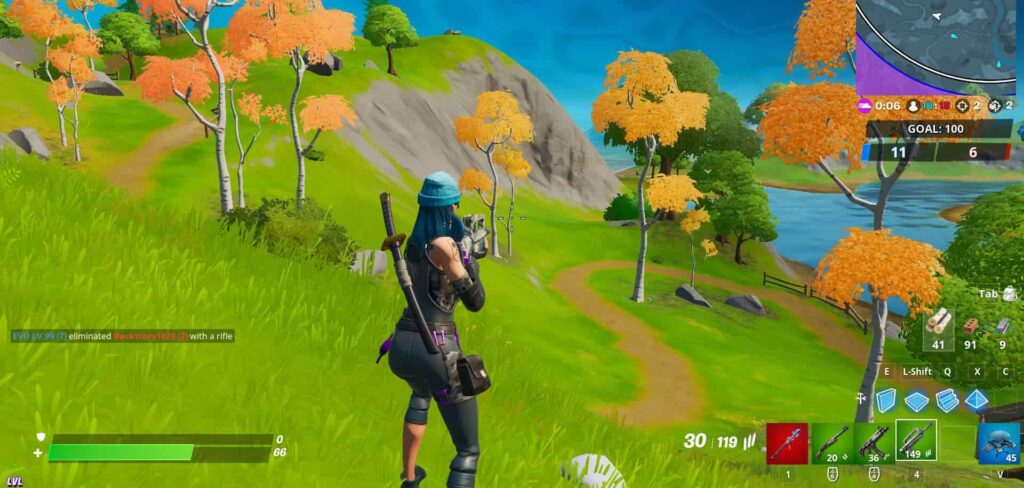
Fortnite relies on the CPU and GPU but leans more on the GPU for rendering high-quality graphics and effects. A good GPU ensures smooth frame rates, while a capable CPU handles building mechanics and game physics. Both are essential for competitive performance in Fortnite.
Is Terraria CPU or GPU intensive?
Terraria is CPU-intensive due to its focus on game logic, physics, and world generation. The GPU handles graphics but doesn’t require high-end hardware. A mid-range CPU and basic GPU are enough for smooth gameplay, making Terraria accessible on most systems.
Is Heavily Modded MC more GPU or CPU intensive?
Heavily modded Minecraft is more CPU-intensive because it adds additional game logic, mechanics, and world generation.
While the GPU handles rendering graphics, the CPU must process more data, especially when running complex mods. A strong CPU helps prevent lag in modded Minecraft for smoother gameplay.
What Does Minecraft Use More GPU or CPU?
Minecraft primarily uses the CPU to handle world generation, game logic, and physics. However, the GPU is essential for rendering graphics, especially when using shaders or texture packs.
Both hardware components work together, but the CPU usually takes a larger load in standard gameplay scenarios.
Will Minecraft ever stop eating my CPU/GPU?
Minecraft will always use a fair amount of CPU and GPU power due to its dynamic world and continuous rendering.
However, optimizing settings, reducing mods, or upgrading your hardware can help reduce resource consumption.
Regular game updates may also introduce performance improvements, but full resource reduction isn’t likely.
Must Know: Why Is Valorant Using So Much GPU – Causes & Fixes 2025!
How does Minecraft utilize the CPU & GPU?
Minecraft uses the CPU to handle world generation, entity management, and gameplay mechanics. The GPU focuses on rendering the graphics, especially when using high-resolution textures, shaders, or complex environments. Both components work together to ensure smooth, immersive gameplay, with the CPU lifting more.
How do I make Minecraft use less CPU?
To make Minecraft use less CPU, try lowering graphics settings, such as reducing render distance and disabling fancy features.
Close unnecessary background applications, allocate less RAM to Minecraft, and ensure your system drivers are current. Opting for lower-resolution textures also reduces CPU workload for smoother gameplay.
What’s the best CPU and GPU for playing Minecraft?
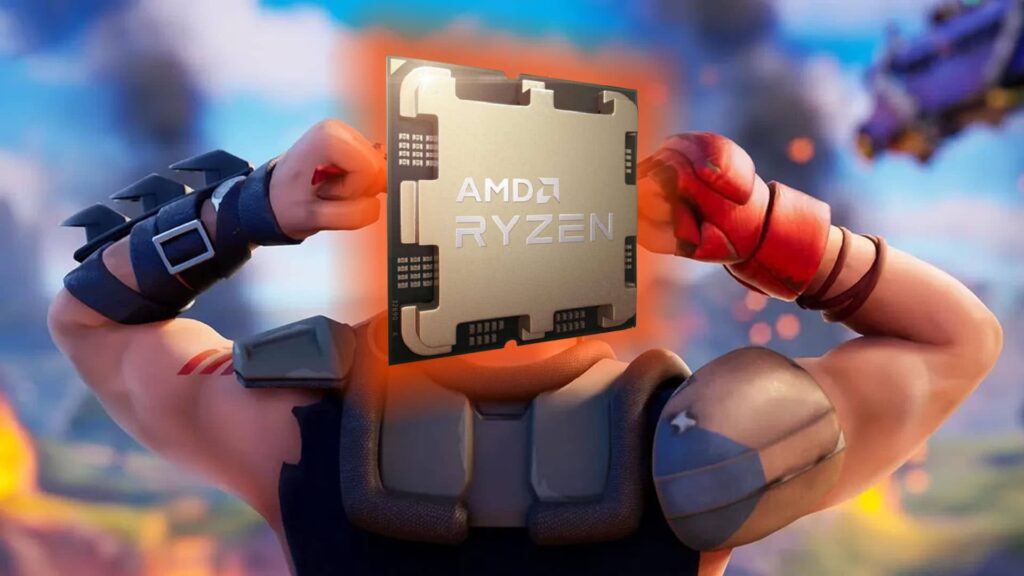
For optimal Minecraft performance, the Intel Core i5 or AMD Ryzen 5 (or higher) provides excellent CPU performance, while the NVIDIA GTX 1660 or AMD Radeon RX 580 offers smooth graphics.
Both components balance performance with cost, allowing you to enjoy a lag-free, high-quality Minecraft experience.
CPU running 100% and GPU 13% ish but I’m lagging?
If your CPU is 100% and the GPU is low while lagging, it suggests your CPU is overworked while the GPU isn’t fully utilized.
Try lowering your game’s settings or background processes to ease the CPU load. Also, check for any system bottlenecks or hardware issues.
Why does Minecraft only use 30% of my GPU and lag?
If Minecraft only uses 30% of your GPU but still lags, the issue may be CPU-related. The game might rely more on the CPU for world generation and gameplay logic.
Upgrading your CPU or tweaking game settings can improve overall performance and help you utilize the GPU more effectively.
How can you get Minecraft to only use your CPU and not my GPU?
Minecraft relies on the GPU for rendering, so it’s not designed to run solely on the CPU. However, you can limit the GPU usage by reducing the game’s graphical settings, such as turning off shaders and reducing render distance. This will shift more of the workload to the CPU.
FAQs
1. Is it better to run Minecraft on CPU or GPU?
Minecraft relies more on the CPU for processing. The GPU helps with rendering, but a strong CPU is key.
2. Is Minecraft RTX CPU or GPU intensive?
Minecraft RTX is GPU-intensive. RTX features like ray tracing put more load on the GPU, improving visual quality.
3. Is Minecraft GPU or CPU intensive with shaders?
With shaders, Minecraft becomes GPU-intensive. Shaders enhance graphics, so a powerful GPU is essential for smooth gameplay.
4. Are Minecraft mods GPU or CPU intensive?
Minecraft mods are more CPU-intensive. They add game mechanics and processes, which strain the CPU more than the GPU.
5. Does GPU increase FPS in Minecraft?
Yes, a good GPU improves FPS in Minecraft, especially with higher settings like shaders and texture packs enabled.
6. Is Minecraft very CPU-intensive?
Minecraft is CPU-intensive, especially for world generation, game logic, and physics. A strong CPU ensures smooth performance.
7. How much RAM should I allocate to Minecraft?
Allocating 4-8 GB of RAM to Minecraft is enough for smooth performance, depending on your system and mods.
8. Should I run games on my CPU or GPU?
For games like Minecraft, the GPU handles rendering while the CPU processes game logic. Both are important for performance.
Conclusion
In conclusion, Minecraft is primarily CPU-intensive due to tasks like world generation, game logic, and entity management. While the GPU helps with rendering, especially with shaders or texture packs, a strong CPU is essential for smooth gameplay. Balancing both CPU and GPU power ensures the best performance in Minecraft.
